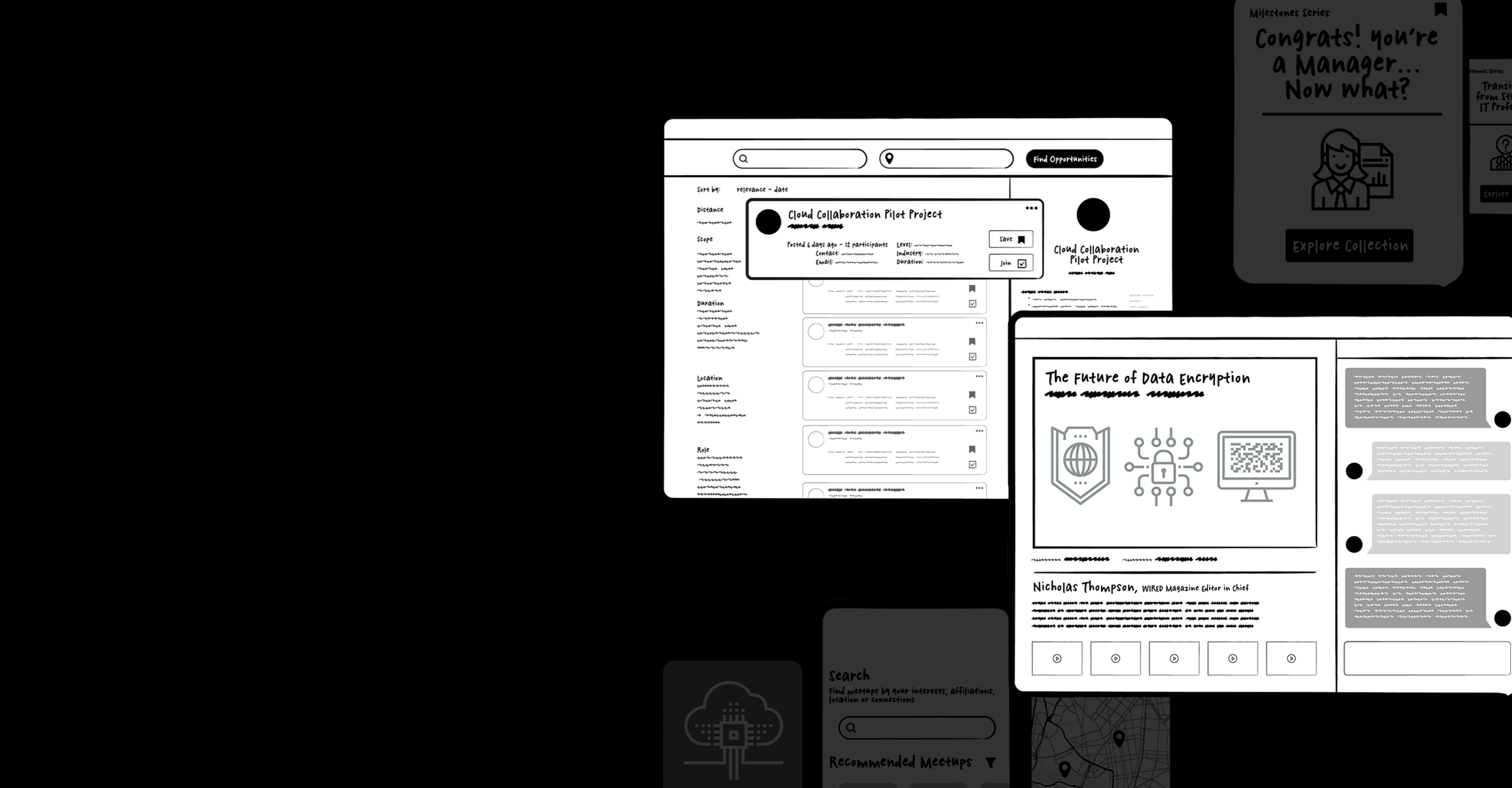What are you good at? What's going on in your market? Who will you sell to?
Strategize engagements start by answering these three questions (aka defining the “3Cs”: company, competition, customers). The answers will give us the shape of the opportunity in front of you: what to focus on first and where our effort will translate to the greatest value.
The result? A holistic view of the key forces to harness, obstacles to navigate, and factors to consider as we bring form and focus to the opportunity.














